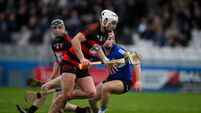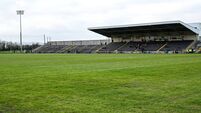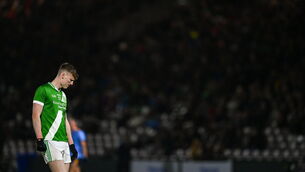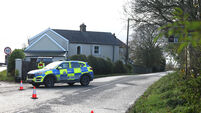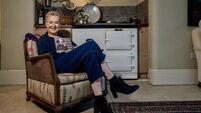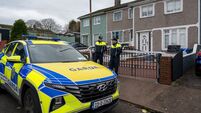Daly’s ‘hurling wastelands’ claim rejected
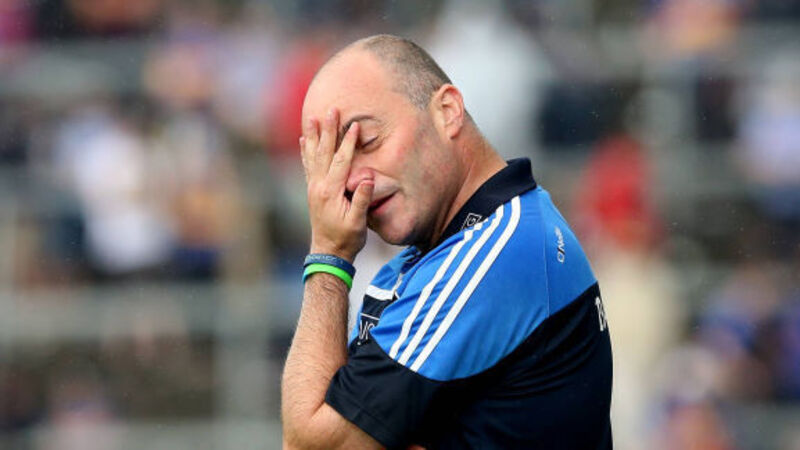
In his new autobiography Dalo, available in shops this week, Daly calls on top-brass to revive the traditional hurling clubs which have slipped to the bottom of the pecking order in the capital.
The former Dublin boss points to Finglas and Tallaght as prime examples of “hurling wastelands”, lamenting how two areas with a combined population of 120,000 contributed just one player to this year’s senior panel — Dotsy O’Callaghan. “Everyone talks about the huge money which has been pumped into Dublin hurling. There is great coaching going on but, outside of certain clubs, where is it really developing,” he writes.
Shanley disputes Daly’s picture of Dublin hurling, claiming the game is being successfully developed in football strongholds. Every club is allocated €18,000 per annum by the board to ensure a Games Promotion Officer (GPO) is working to increase the number of children taking a hurley in their hand.
“I don’t agree that there are hurling wastelands in Dublin,” says Shanley.
“There might have been hurling wastelands 20 years ago, but not anymore. Every area has a GPO. No area is being neglected. We are working to build a tradition of hurling in every club.
“The inner city is really only where hurling is not being developed. O’Toole’s were the last real inner city club. They weren’t getting the numbers and so moved out to Ayrfield.
“The next club nearest to the north inner city would be St Vincent’s. They wouldn’t consider themselves a hurling wasteland.
“The county board is paying half the wages of a GPO, the club the other half. The GPO works directly with the U8’s and U10’s and then coaches the other coaches who are overseeing the older teams. The GPO’s job is to also visit schools, get young lads to join their local club. The likes of Craobh Chiaráin and O’Toole’s would only have one GPO because that is all the board fund. Kilmacud Crokes and Ballyboden have four and five GPO’s because they can fund them themselves.”
He continued: “On the northside, the playing numbers of St Vincent’s, Craobh Chiaráin and O’Toole’s are a lot smaller now by comparison with Dalkey and Cuala. Twenty years ago the strong clubs were on the northside. Playing numbers dwindled because they weren’t areas where people were settling and starting families. The new areas like Templeogue, Dalkey and Stillorgan have the young populations. Ballyboden, Crokes and Cuala have hundreds of kids out playing every Saturday and Sunday. Naturally they are going to have the strongest senior teams. We are working constantly to address the problems on the northside.”
He added: “There is now hurling in north county Dublin which there wasn’t before. North county Dublin was football only. Strong football clubs like St Maurs Rush and Skerries are now doing very well in the hurling. We had Fingal in the Nicky Rackard Cup final this summer.
“You can’t blame the 20, 21-year old dual players who are choosing football at inter-county level because at the moment there is a stronger chance of success at football. I do believe this will change given the Leinster and league successes of recent years. The younger kids coming up through the ranks will be inspired by those victories.”
Contrary to Daly’s belief, the vice-chairman is adamant Dublin can reach the All-Ireland final where 90% of the squad is picked from a handful of southside clubs.
“All that is required is one from Craobh Chiaráin, one from St Finbarr’s, one from O’Toole’s. The aim short-term is re-energising the once traditional clubs to feed one or two players into the senior squad.
“Anthony had very good success by Dublin hurling standards. There was one more push with the older team this year. Perhaps some of the young players should have been thrown in. He wasn’t there this year to build a team, he was there to win. I think the new man will be in to build, adding to around 50% of what was there last year. Five or six of the young lads who have been training for the last three years with Anthony Daly are ready to take their place on the team. Skill-wise we are good enough. We just need to be physically stronger.”







